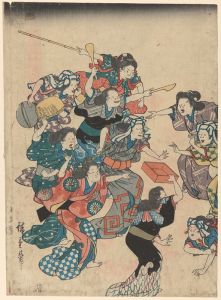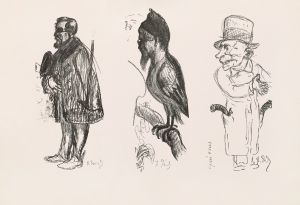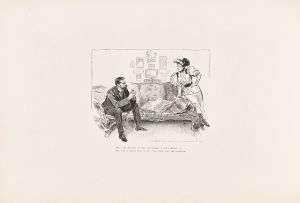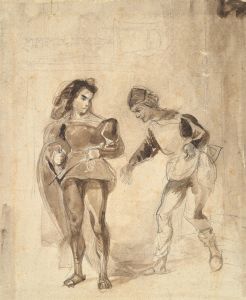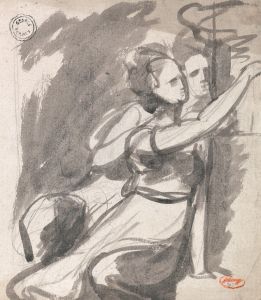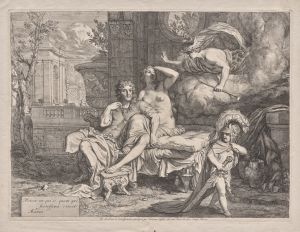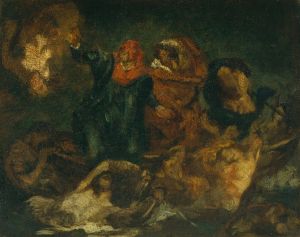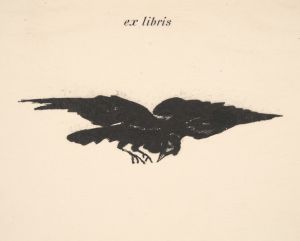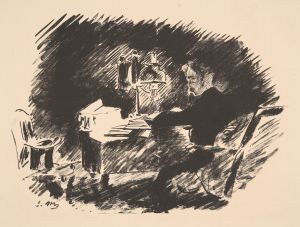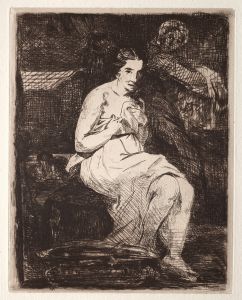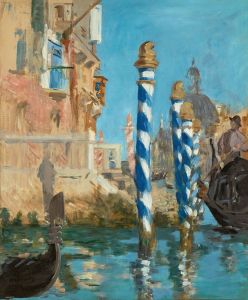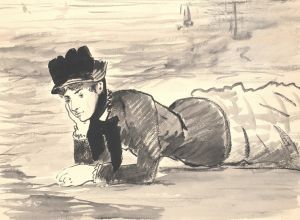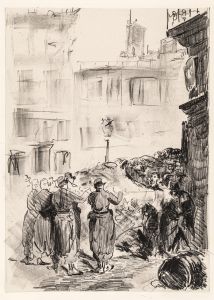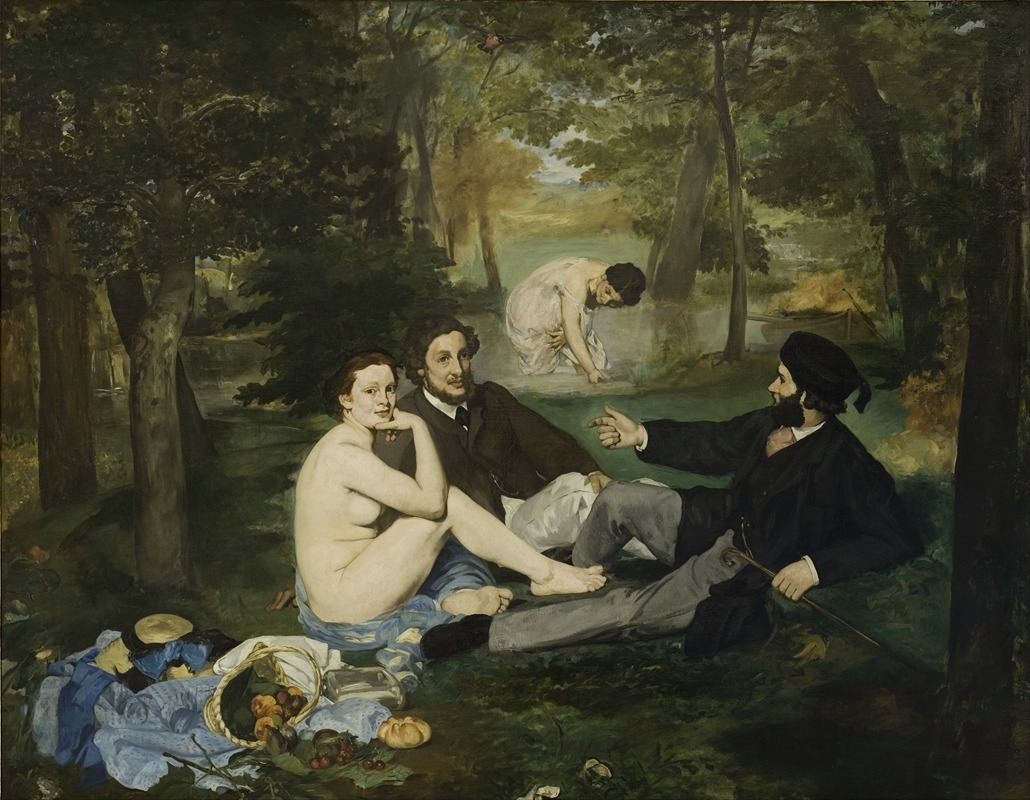
Luncheon On The Grass
A hand-painted replica of Édouard Manet’s masterpiece Luncheon On The Grass, meticulously crafted by professional artists to capture the true essence of the original. Each piece is created with museum-quality canvas and rare mineral pigments, carefully painted by experienced artists with delicate brushstrokes and rich, layered colors to perfectly recreate the texture of the original artwork. Unlike machine-printed reproductions, this hand-painted version brings the painting to life, infused with the artist’s emotions and skill in every stroke. Whether for personal collection or home decoration, it instantly elevates the artistic atmosphere of any space.
Édouard Manet's "Luncheon on the Grass" (French: "Le Déjeuner sur l'herbe") is a seminal painting in the history of modern art. Completed in 1863, it is one of Manet's most famous works and is often regarded as a pivotal piece in the transition from Realism to Impressionism. The painting is notable for its bold composition, controversial subject matter, and innovative use of color and light.
The artwork depicts a picnic scene set in a wooded area, featuring a nude woman sitting alongside two fully dressed men, with another woman bathing in the background. The juxtaposition of the clothed men and the nude woman was considered shocking at the time of its unveiling, as it challenged the conventional norms of depicting the nude in art. Traditionally, nudes were portrayed in mythological or allegorical contexts, but Manet's work presented a contemporary setting with recognizable figures, which was seen as provocative and indecent by many of his contemporaries.
"Luncheon on the Grass" was initially rejected by the jury of the prestigious Paris Salon in 1863, leading Manet to exhibit it at the Salon des Refusés, an alternative exhibition established by Emperor Napoleon III for works not accepted by the official Salon. The painting attracted significant attention and controversy, sparking debates about artistic freedom and the role of modern art. Critics were divided, with some praising Manet's innovative approach and others condemning the perceived impropriety of the scene.
The composition of "Luncheon on the Grass" was inspired by earlier works of art, including the Renaissance paintings of the Venetian master Titian and the French artist Jean-Antoine Watteau. Manet drew particular inspiration from Titian's "The Pastoral Concert" and Raphael's "The Judgment of Paris," borrowing elements such as the arrangement of figures and the pastoral setting. However, Manet's interpretation was distinctly modern, characterized by a flattened perspective and a focus on the play of light and shadow.
Manet's use of color in "Luncheon on the Grass" is another notable aspect of the painting. He employed a palette of vibrant greens, blues, and earth tones to create a sense of depth and atmosphere. The nude woman's skin is rendered with a stark, almost harsh, light that contrasts with the darker, more subdued tones of the surrounding foliage. This contrast serves to draw the viewer's attention to the central figures and enhances the overall impact of the composition.
Despite its initial reception, "Luncheon on the Grass" has since become a celebrated masterpiece and a cornerstone of modern art history. It is housed in the Musée d'Orsay in Paris, where it continues to be admired for its groundbreaking approach and its influence on subsequent generations of artists. Manet's work paved the way for the Impressionists, who further explored themes of modern life and experimented with new techniques in their pursuit of capturing the fleeting effects of light and color.
In summary, "Luncheon on the Grass" by Édouard Manet is a landmark painting that challenged traditional artistic conventions and played a crucial role in the development of modern art. Its innovative composition, controversial subject matter, and masterful use of color and light have secured its place as one of the most important works of the 19th century.





